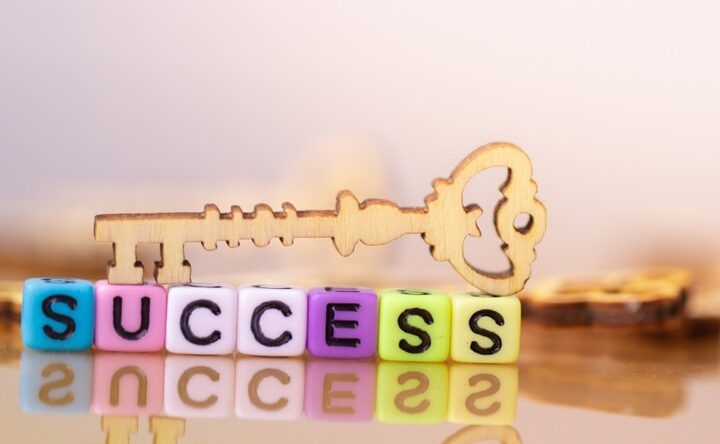
Hospitals and clinics around the world are experiencing an increase in the flow of patients. Consequently, there is an increasing need to maintain hospital medical equipment and provide improved diagnostic facilities. Click here to read more info on the website. We have separated some tips for you.
Manage maintenance
When managing a hospital, start by documenting all assets in stock to plan maintenance activities on all of them. Identify different types of hospital medical equipment by type and insert them into an online management system. That way, each device has its own unique ID and can be easily tracked. Use barcode labels to record relevant details for each asset. Automated data entry reduces the risk of human error, so hospitals can retain accurate data at all times.
To simplify the process, divide the inventory into different categories, such as imaging equipment, IT-integrated devices or consumables, such as fluids and medications. The inventory needs to be as comprehensive as possible. It is very important to manage the life cycle of each piece of equipment and perform a periodic audit to check the condition of the equipment and quality.
Importance of medical equipment calibration
Each item and device in a hospital is perfectly calibrated when delivered. But after a certain period of time it may require technical repairs in order to recalibrate it. Each time it is used, moved or collided, the calibration is slightly out of alignment. If sensitive equipment is misaligned, it may provide inaccurate readings. In some situations, this can mean the difference between a correct diagnosis and a missed early diagnosis opportunity. In other cases, such as robot-assisted surgery, small calibration errors can cause physical damage or even death.
How often should medical equipment be calibrated?
This is a question that has a very simple, yet complex answer – well, it depends. The equipment has a different requirement, based on its scale of use. For this reason, it is highly recommended to create a calibration schedule for each piece of equipment. While this may seem like a tedious task, it is the best way to ensure that all equipment is calibrated when needed.
Manufacturer’s recommendations
Nine out of ten medical devices will come with a manufacturer’s recommendation of when to calibrate the instrument. Many manufacturers recommend calibrating at every 6 months. While these recommendations offer a great start to creating the right frequency, it is important to consider other factors.
Equipment trauma
Sometimes it is difficult to avoid trauma to the equipment. Medical equipment can suffer a major drop or physical impact that can interfere with the performance of the equipment. If something similar happens to medical equipment, it is crucial that you recalibrate before use. The equipment can also suffer trauma due to internal overloads. To ensure that the equipment performs at its highest possible after an overload, it is important to recalibrate it before continuing to use it.
Amount of use
Ideally, medical equipment should be recalibrated based on the amount used and how long it has been used for. This value varies depending on the equipment owner. Therefore, it is important to base medical equipment calibration schedules around its use.



More Stories
Anonymous note-taking – Tips for maintaining your privacy
Password protection – Backbone of note-taking security
Decoding success – How do buying tiktok views catapult your profile?